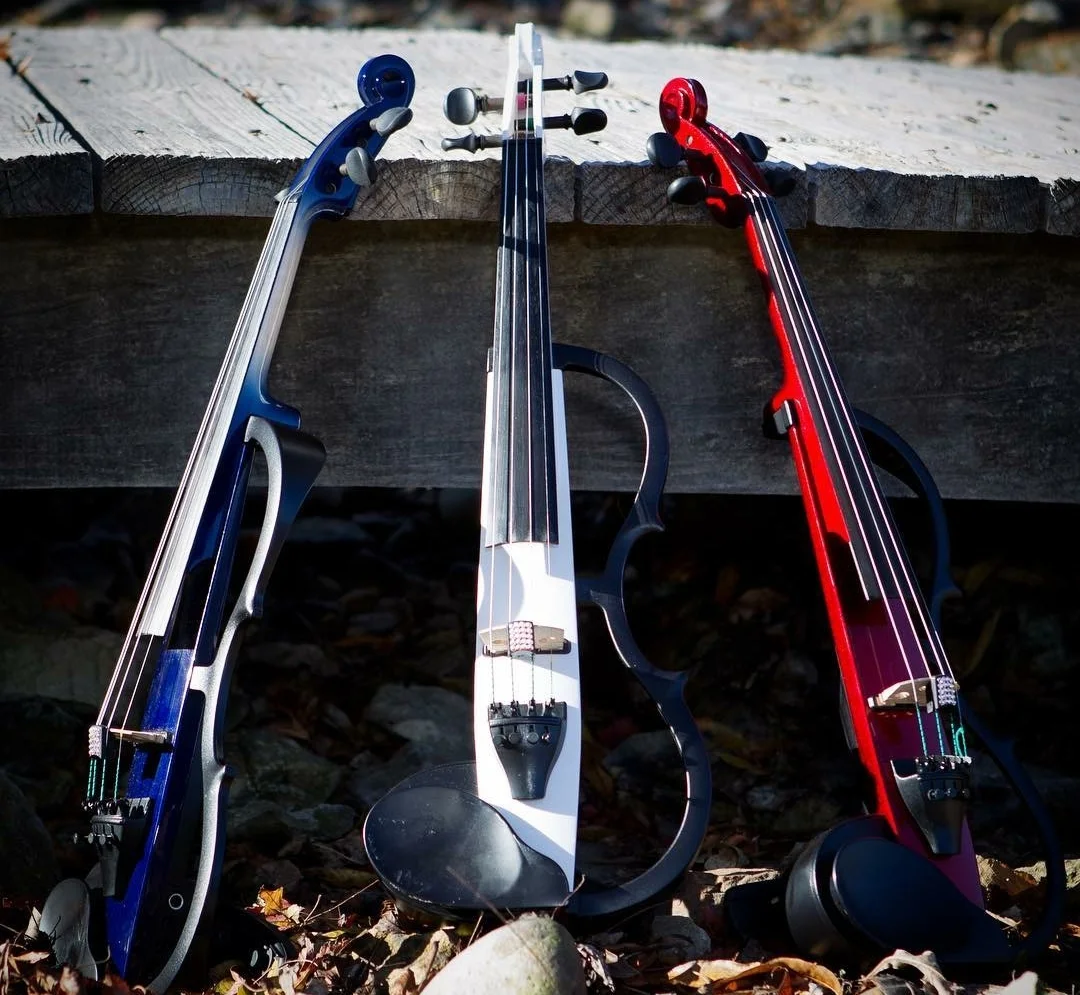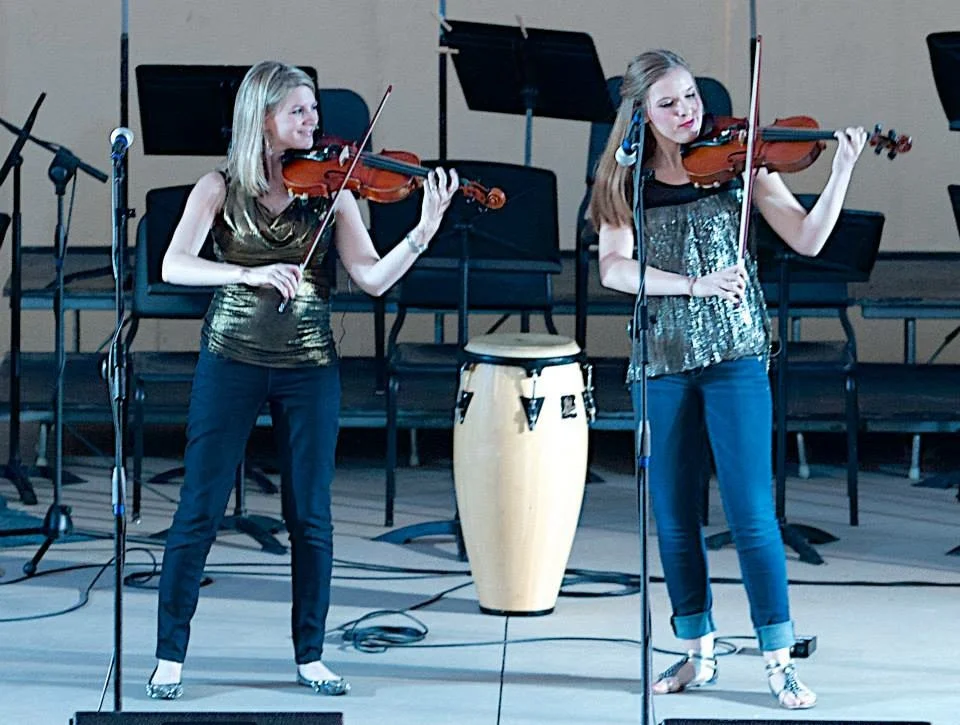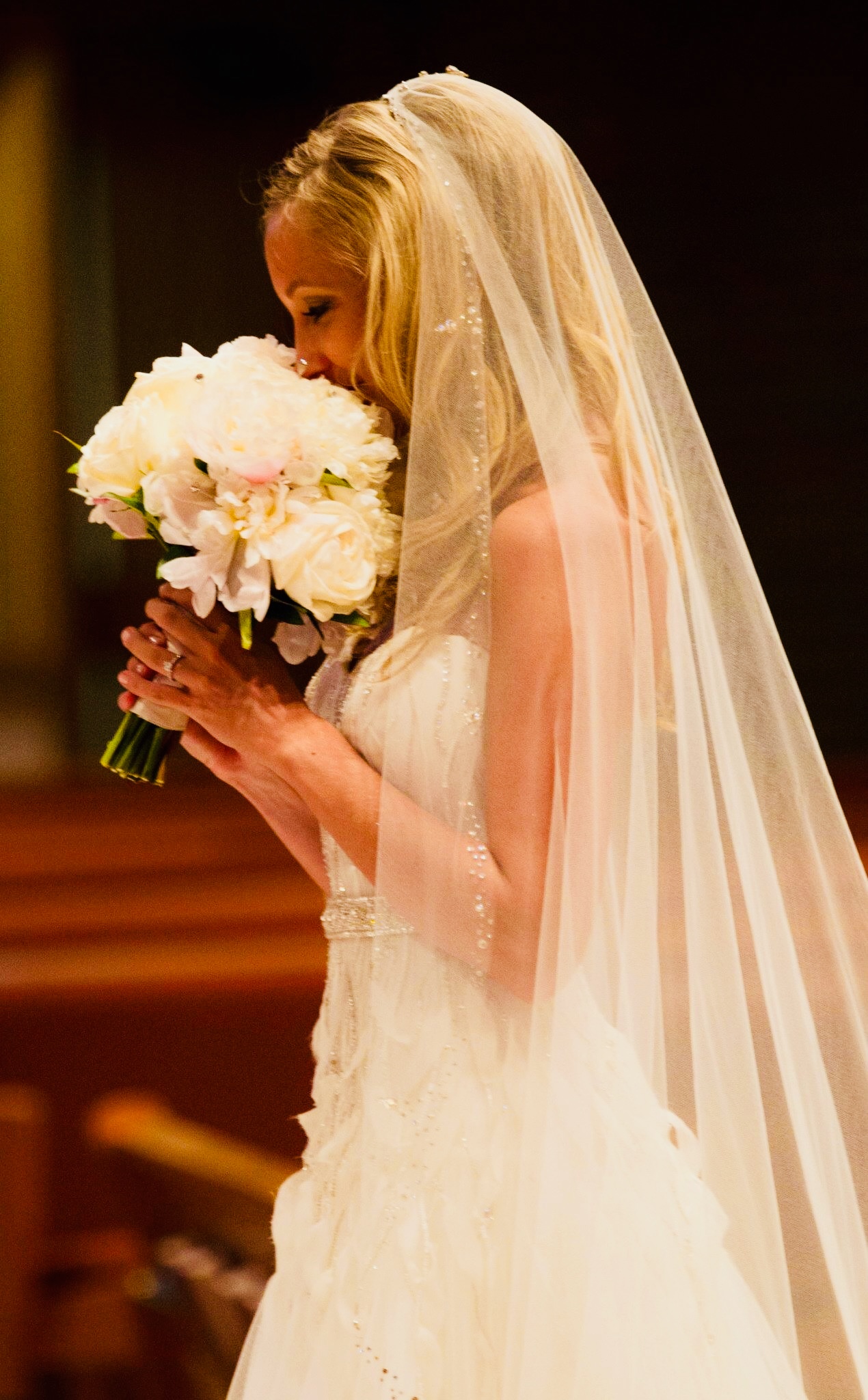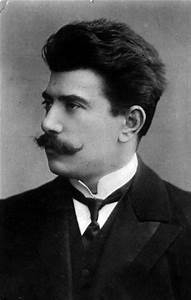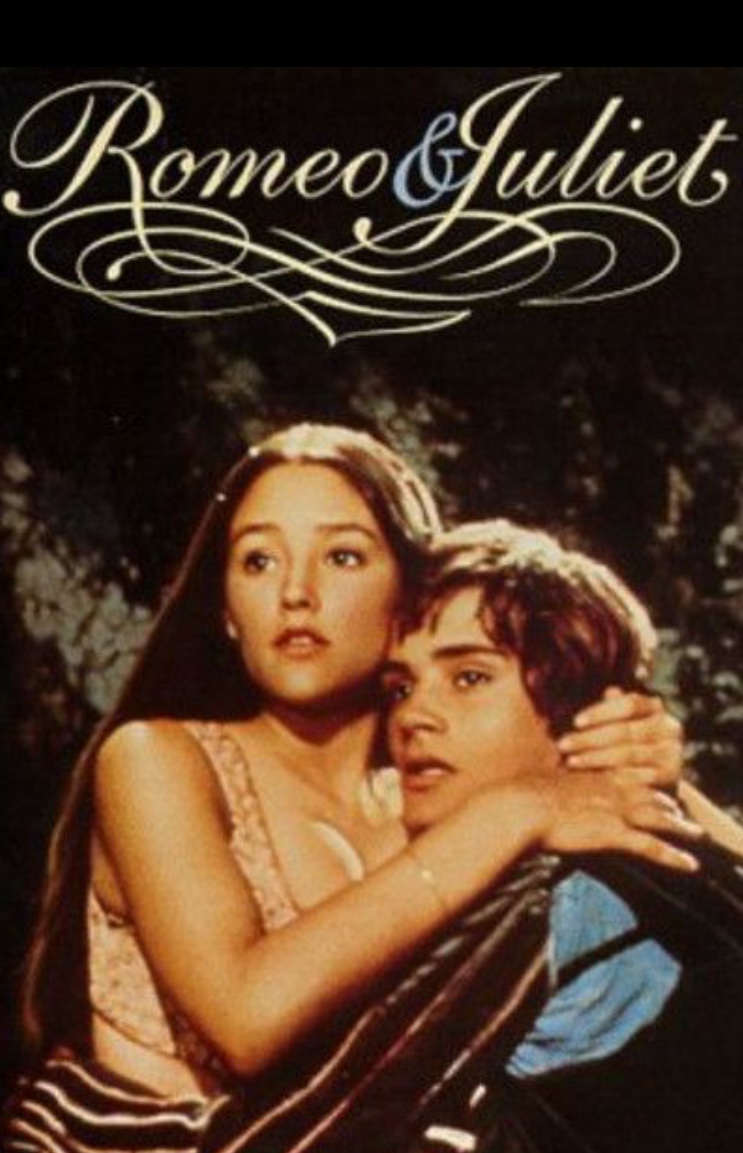Celebrate America!
“O say does that star-spangled banner yet wave, o’er the land of the free and the home of the brave?” –Francis Scott Key
Happy Independence Day! Growing up, we members of Uptown Violins loved celebrating the 4th of July together as a family. As we had a great view of fireworks from our elevated back porch, we often invited other family members over to our house for homemade ice cream, which we helped Mom and Dad make earlier in the day with the old-fashioned ice cream maker. Of course Dad had to do the bulk of the heavy cranking! But it was always worth it, as nothing could beat the homemade taste, accompanied by a phenomenal fireworks show.
Probably one of the most widely used pieces of music for 4th of July fireworks displays, the 1812 Overture, was actually written in 1880 by the Russian composer Pyotr Ilyich Tchaikovsky. It originally had nothing to do with the United States, as it celebrates Napoleon’s defeat by the Russians. Tchaikovsky even quotes the French national anthem, La Marseillaise, in the composition. However, Americans realized that the famous cannons lend themselves well to the booming nature of fireworks, and it has become a staple song in our holiday festivities. https://www.youtube.com/watch?v=31eHHQiY-xw
Another iconic work associated with American heritage, the William Tell Overture, was composed by the Italian composer Giachino Rossini in 1829 for his opera depicting the Swiss Alps. Although not American at all, the TV show The Lone Ranger popularized the work in the United States, associating it with the American Wild West. That’s quite a stretch from the majestic mountains of Switzerland! https://www.youtube.com/watch?v=l4134FfagFo
This past month I have enjoyed delving into Czech composer Antonin Dvorak's famous American Quartet, as I am to perform it this upcoming year! I love the bucolic themes and pioneer spirit the work evokes. Dvorak composed it while visiting Iowa where he first experienced the American Midwest. (At the time he resided in New York City while serving as the director of the National Conservatory.) Dvorak was particularly drawn to African-American and Native American music, which helped inspire both his New World Symphony as well as the American Quartet. The latter has become part of the standard cannon of chamber works for string quartet. https://www.youtube.com/watch?v=DxtAHpYIXdU
The 20th Century American composer Aaron Copland continued the tradition of bringing folk music to the classical genre with his popular ballets Billy the Kid (1938) and Rodeo (1942). Copland incorporated a lot of cowboy tunes into these ballets which helped preserve the allure of the Wild West. His “Hoedown” from Rodeo draws from the folk tune “Bonapart’s Retreat.” His work gained further national recognition as the music for the commercial “Beef. It’s What’s for Dinner.” Christy and I had fun performing this work as a dueling violins duet several years ago for her school talent show. It continues to be a favorite showpiece! https://www.youtube.com/watch?v=LsReWx9XdNs
We hope you all had a wonderful time celebrating the 4th of July, and encourage you to stay tuned for our upcoming music video!! We will give you more behind the scenes details about the project in our next blog!!
